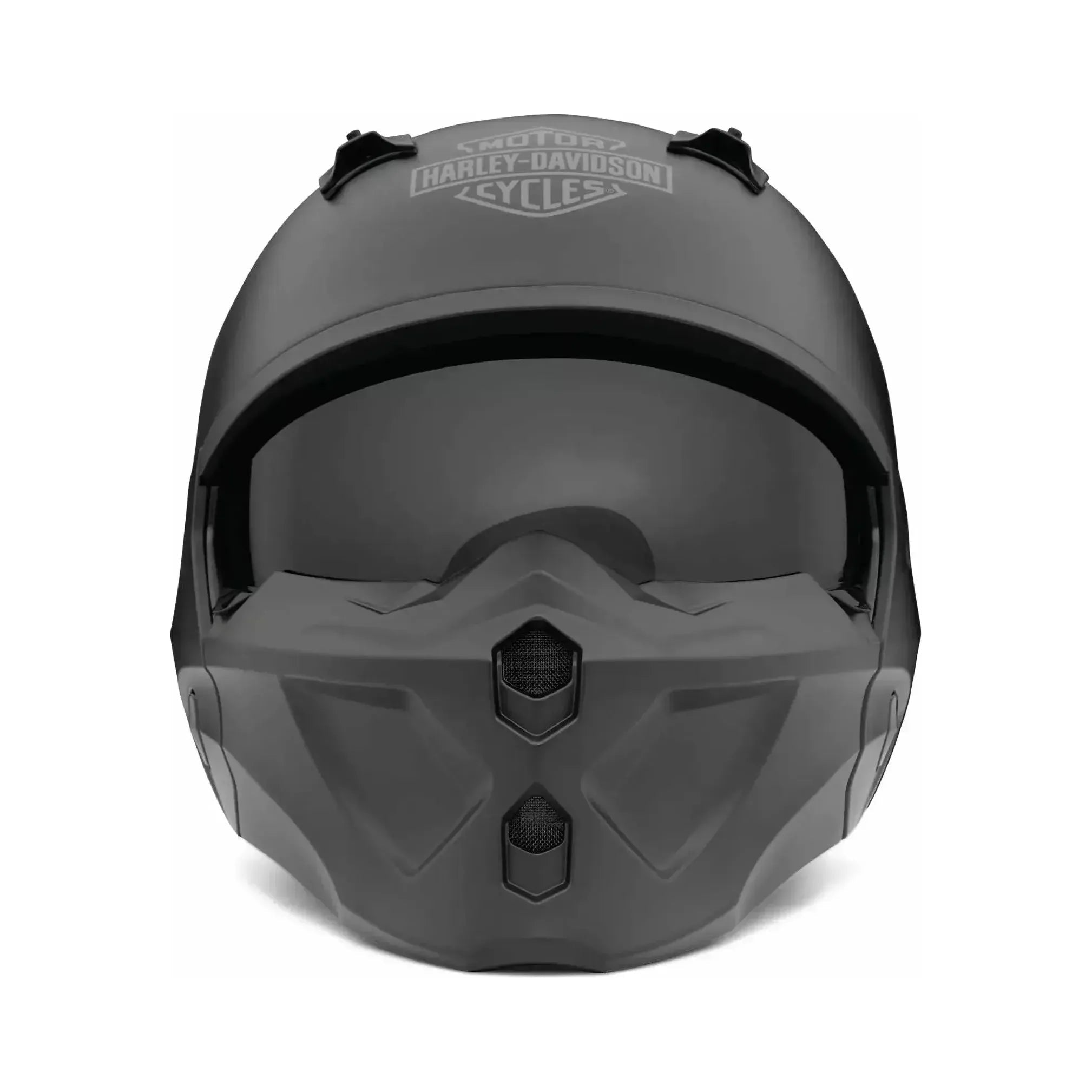Motorcycle Helmets: Navigating DOT Approval and Safety
DOT Approval: An Overview
- DOT: US Department of Transportation
- DOT approval signifies compliance with FMVSS 218.
Importance of Helmet Safety
- Wearing a helmet reduces head injury risk by 69%.
- Helmets protect against impact and penetration.
DOT Approval Regulations and Standards
- FMVSS 218: Minimum performance requirements
- Snell Memorial Foundation (SMF) Standards: More stringent testing criteria
Benefits of DOT Approved Helmets
- Enhanced safety and protection
- Legal requirements and liability considerations
Drawbacks and Limitations of DOT Approval
- Higher cost compared to non-DOT helmets
- Limited fit options and comfort issues
Motorcycle Helmets: Navigating DOT Approval and Safety
Whether you're a seasoned rider or a novice enthusiast, embarking on a motorcycle journey demands unwavering attention to safety. At the core of rider protection lies the helmet, an indispensable piece of gear that can make all the difference in the unfortunate event of an accident. In this comprehensive guide, we delve into the world of motorcycle helmets, exploring the intricacies of DOT approval, its importance, and the benefits and drawbacks associated with DOT-approved helmets. We also shed light on alternative helmet standards and certifications, guiding you toward informed choices that prioritize your safety on every ride.
I. Introduction
A. DOT Approval: An Overview
DOT stands for the United States Department of Transportation, the federal agency responsible for overseeing vehicle safety standards. DOT approval signifies that a motorcycle helmet meets or exceeds the minimum safety requirements set forth by the Federal Motor Vehicle Safety Standard (FMVSS) 218. Helmets bearing the DOT sticker demonstrate compliance with these stringent standards, ensuring a certain level of protection for riders.
B. Importance of Helmet Safety
Motorcycle accidents can be devastating, with head injuries accounting for a significant portion of fatalities and severe injuries. According to the National Highway Traffic Safety Administration (NHTSA), wearing a helmet reduces the risk of head injury by 69% and the risk of death by 42%. Helmets serve as a crucial barrier between a rider's head and the unforgiving road surface, shielding them from impact and penetration.
C. Thesis Statement: Exploring the Necessity of DOT Approval for Motorcycle Helmets
Given the vital role helmets play in motorcycle safety, this article delves into the necessity of DOT approval for motorcycle helmets. We examine the regulations and standards associated with DOT approval, highlighting the benefits and drawbacks of DOT-approved helmets. Additionally, we explore alternative helmet standards and certifications, empowering riders with the knowledge to make informed helmet choices that prioritize their safety.
II. DOT Approval Regulations and Standards
A. Federal Motor Vehicle Safety Standard (FMVSS) 218
Established in 1973, FMVSS 218 outlines the minimum performance requirements for motorcycle helmets sold in the United States. This comprehensive standard encompasses three key areas:
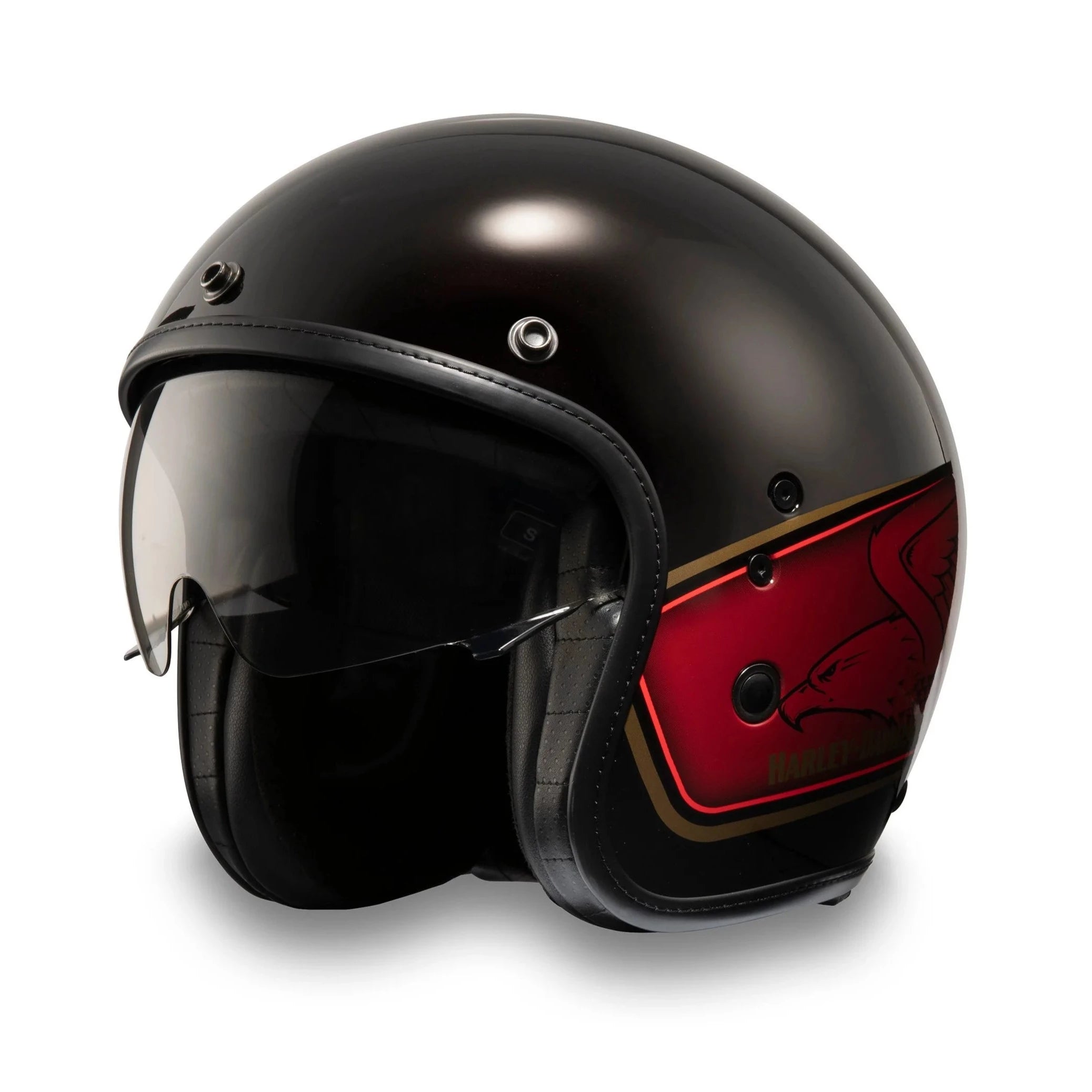
Title: HARLEY-DAVIDSON® 120TH ANNIVERSARY EAGLE H-D® X14 SUN SHIELD 3/4 HELMET
Price: £229.99
SHOP NOW
1. Impact Absorption: Helmets must withstand a series of impact tests, simulating real-world scenarios such as frontal, side, and rear impacts. The helmet's ability to absorb and disperse impact energy is crucial in reducing the severity of head injuries.
2. Penetration Resistance: Helmets are subjected to penetration tests using a sharp object, such as a pointed rod or nail. The helmet's resistance to penetration ensures that it can protect the rider's head from sharp objects that may be encountered during an accident.
3. Retention System: The helmet's retention system, typically consisting of a chin strap and buckle, must securely hold the helmet in place during an impact. A properly functioning retention system prevents the helmet from coming off during an accident, increasing the rider's chances of survival.
B. Snell Memorial Foundation (SMF) Standards
"The Snell Memorial Foundation sets forth a rigorous set of helmet safety standards that are highly regarded in the motorcycle community, often exceeding DOT requirements."
Title: HARLEY-DAVIDSON® GARGOYLE X07 2-IN-1 HELMET
Price: £269.99
SHOP NOW
In addition to the DOT standards, the Snell Memorial Foundation (SMF) also sets forth a rigorous set of helmet safety standards. While not mandatory, SMF certification is highly regarded in the motorcycle community and often exceeds DOT requirements. SMF standards focus on:
1. Testing Criteria: SMF uses more stringent testing criteria than DOT, including oblique impact tests and tests at higher impact velocities. These tests simulate real-world accident scenarios more closely, ensuring that helmets offer superior protection.
2. Certification Process: SMF certification involves a thorough review of the helmet's design, construction, and testing results. Helmets must pass all of SMF's tests to earn certification, demonstrating exceptional levels of safety and performance.
III. Benefits of DOT Approved Helmets
A. Enhanced Safety and Protection
1. Minimizing Head Injuries: DOT-approved helmets are designed to significantly reduce the risk of head injuries in the event of an accident. The stringent testing requirements ensure that helmets can withstand impacts, resist penetration, and remain securely in place, minimizing the likelihood and severity of head injuries.
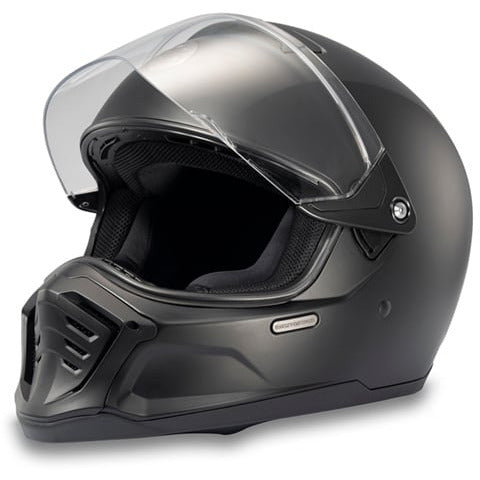
Title: HARLEY-DAVIDSON® HYDE WAY 120TH ANNIVERSARY X13 FULL FACE HELMET
Price: £224.85
SHOP NOW
2. Reducing Severity of Accidents: Helmets play a crucial role in reducing the severity of motorcycle accidents. By absorbing impact energy and preventing head injuries, helmets can significantly decrease the chances of fatalities and long-term disabilities.
B. Legal Implications
1. Legal Requirements for Helmet Use: In many countries and jurisdictions, wearing a helmet while riding a motorcycle is a legal requirement. Compliance with these laws is not only a matter of safety but also a legal obligation. Failure to wear a helmet can result in fines, penalties, and even criminal charges.
2. Legal Liability in Case of Accidents: In the event of an accident, wearing a DOT-approved helmet can impact legal liability. Courts may consider the absence of a helmet as evidence of negligence, potentially affecting the outcome of legal proceedings and insurance claims.
IV. Drawbacks and Limitations of DOT Approval
A. Cost Considerations
1. Higher Cost Compared to Non-DOT Helmets: DOT-approved helmets typically come with a higher price tag compared to non-DOT-approved helmets. This price difference reflects the additional testing and certification costs incurred by manufacturers to meet DOT standards.
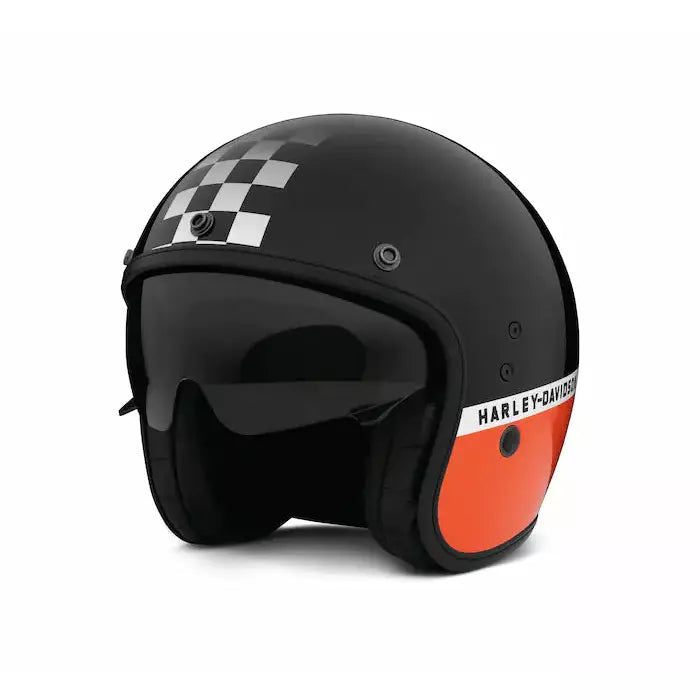
Title: HARLEY DAVIDSON® APEX SUN SHIELD X14 3/4 HELMET
Price: £229.35
SHOP NOW
2. Economic Impact on Consumers: The higher cost of DOT-approved helmets can pose an economic burden on some consumers, particularly those with limited budgets. This may lead to the temptation to opt for non-DOT-approved helmets, compromising safety for affordability.
B. Fit and Comfort Issues
1. Limited Fit Options: DOT-approved helmets are manufactured to meet specific safety standards, which may limit the availability of different fit options. Riders with unique head shapes may struggle to find a DOT-approved helmet that provides a comfortable and secure fit.
2. Potential Discomfort: Some riders find DOT-approved helmets to be heavier and bulkier than non-DOT-approved helmets. This can lead to discomfort during long rides, especially in hot weather.
V. Alternative Helmet Standards and Certifications
A. European ECE 22.05 Standard
The European ECE 22.05 standard is a widely recognized helmet safety standard in Europe. It is comparable to the DOT standard in terms of safety requirements, but it also includes additional testing for sun visor retention and fogging.
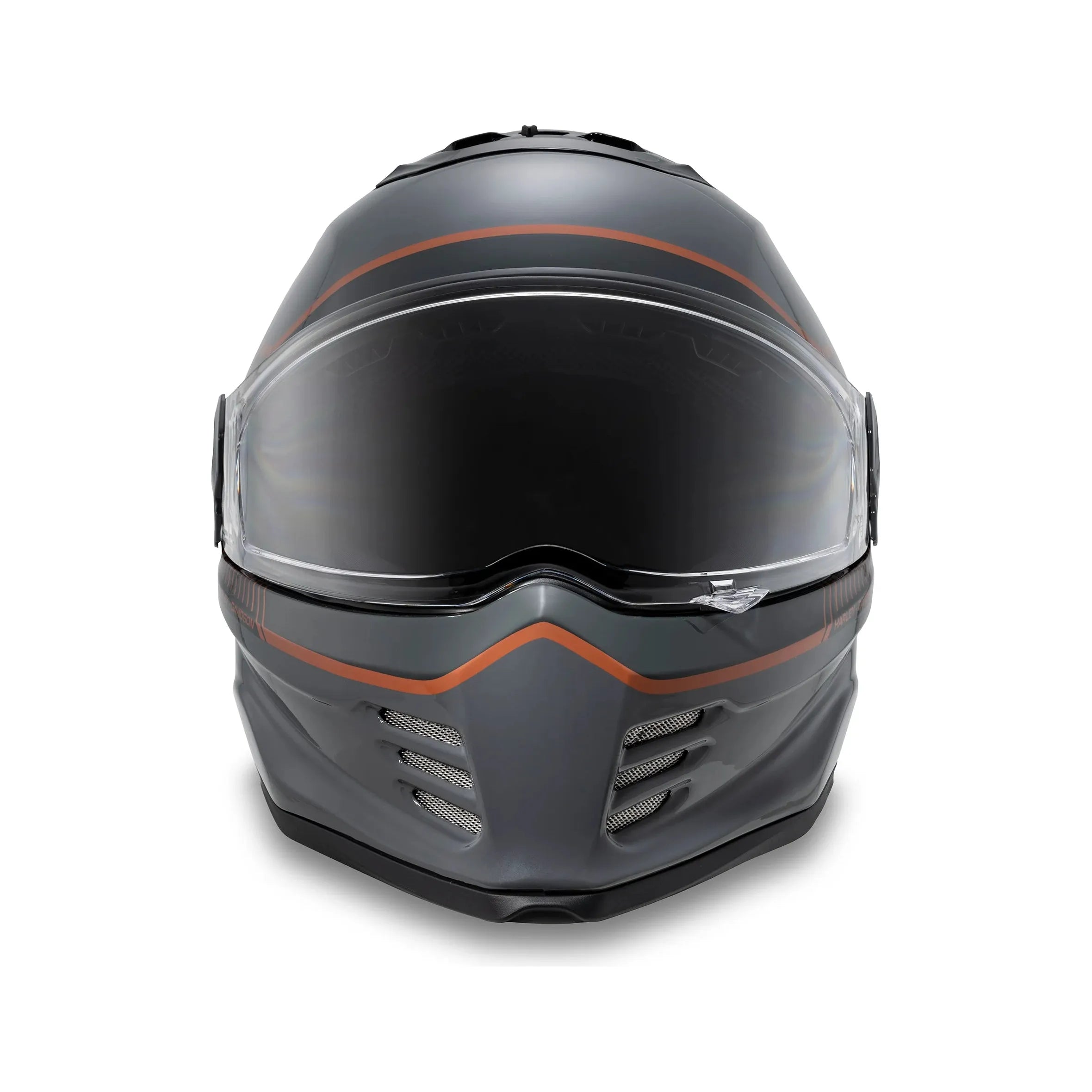
Title: HARLEY-DAVIDSON DIVISION X15 SUNSHIELD FULL FACE HELMET
Price: £270.00
SHOP NOW
B. British SHARP Standard
The British SHARP (Safety Helmet Assessment and Rating Programme) standard is a voluntary helmet safety rating system that assesses helmets based on their performance in impact tests. SHARP ratings range from one to five stars, with five stars indicating the highest level of protection.
C. Australian AS/NZS 1698 Standard
The Australian AS/NZS 1698 standard is a helmet safety standard that is similar to the DOT standard, but it includes additional requirements for impact protection and penetration resistance.
VI. Conclusion: Prioritizing Safety and Making Informed Choices
The choice of a motorcycle helmet is a crucial decision that can significantly impact a rider's safety. DOT approval serves as a reliable benchmark for helmet safety, ensuring that helmets meet minimum performance requirements. However, riders should also consider alternative helmet standards and certifications that may offer additional protection or cater to specific needs. Ultimately, the goal is to choose a helmet that provides optimal safety and comfort, empowering riders to navigate the roads with confidence and peace of mind.
Remember, your helmet is your most important piece of safety gear, so invest in a quality helmet that meets or exceeds safety standards. Ride safe and always wear your helmet!

Title: BMW MOTORRAD GS PURE HELMET
Price: £435.00
SHOP NOW
Outline
-
I. Introduction
- A. DOT Approval: An Overview
- B. Importance of Helmet Safety
- C. Thesis Statement: Exploring the Necessity of DOT Approval for Motorcycle Helmets
-
II. DOT Approval Regulations and Standards
- A. Federal Motor Vehicle Safety Standard (FMVSS) 218
- B. Snell Memorial Foundation (SMF) Standards
-
III. Benefits of DOT Approved Helmets
- A. Enhanced Safety and Protection
- B. Legal Implications
-
IV. Drawbacks and Limitations of DOT Approval
- A. Cost Considerations
- B. Fit and Comfort Issues
FAQ
1. Why is DOT approval important for motorcycle helmets?
DOT approval signifies that a helmet meets or exceeds the minimum safety requirements set by the US Department of Transportation, ensuring a一定水平的 protection for riders.
2. What are the key areas of testing for DOT-approved helmets?
DOT-approved helmets are tested for impact absorption, penetration resistance, and retention system effectiveness.
3. What are the benefits of wearing a DOT-approved helmet?
DOT-approved helmets provide enhanced safety and protection, reducing the risk of head injuries and the severity of accidents. They also align with legal requirements for helmet use and can influence legal liability in case of accidents.
4. Are DOT-approved helmets more expensive than non-DOT helmets?
DOT-approved helmets typically come with a higher price tag due to the additional testing and certification costs incurred by manufacturers.
5. Can DOT-approved helmets be uncomfortable due to limited fit options?
Some riders with unique head shapes may experience fit and comfort issues with DOT-approved helmets due to the standardized manufacturing process.
6. What alternative helmet standards are available?
Alternative helmet standards include the Snell Memorial Foundation (SMF) standards, known for their stringent testing criteria and superior levels of safety and performance.
7. How do I choose the right helmet for my needs?
Consider factors such as fit, comfort, safety features, and your riding style when selecting a helmet. It's crucial to choose a helmet that meets your individual needs and preferences.
8. What should I look for when purchasing a motorcycle helmet?
Check for the DOT sticker or SMF certification label to ensure compliance with safety standards. Also, consider the helmet's construction, weight, ventilation, and other features that contribute to safety, comfort, and style.
Explore More:
- Hit the Open Road with Suzuki Gear
- Elevate Your Ride with Motorbike Pants
- Conquer Every Turn with Ducati Apparel
- Ride in Style with Motorcycle Pants
- Feel the Grip with Motorcycle Gloves
- Protect Your Ride with Motorcycle Boots
- Embark on a Harley-Davidson Adventure
